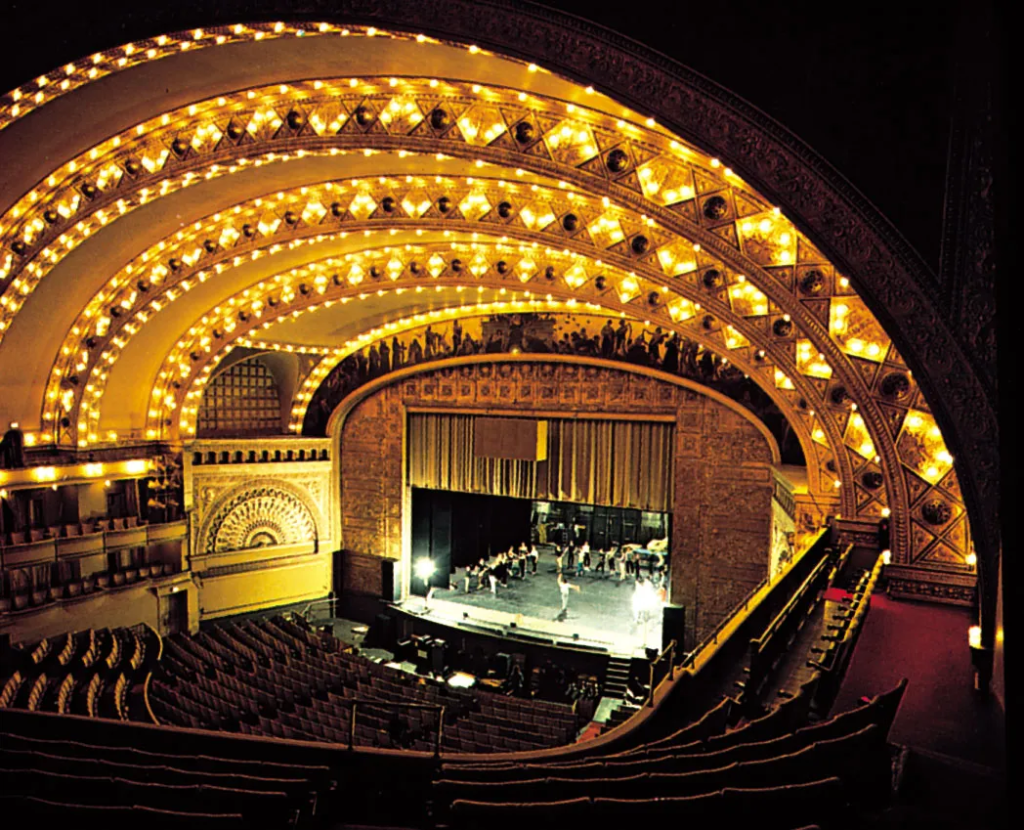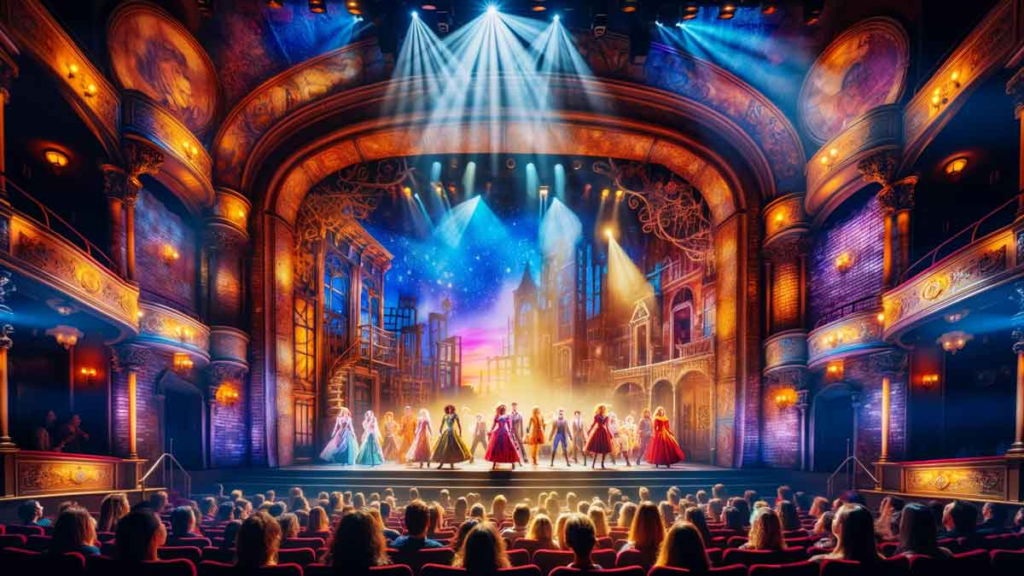Introduction
Theater has been a cornerstone of cultural expression for centuries, evolving from the open-air amphitheaters of Ancient Greece to the dazzling lights of Broadway. This transformation reflects not only technological advancements but also changes in storytelling, performance styles, and audience engagement.
Ancient Greek Theater (5th Century BCE)

The origins of theater can be traced to Ancient Greece, where performances were deeply intertwined with religious festivals, particularly in honor of Dionysus, the god of wine and revelry. Greek theater introduced tragedy, comedy, and satyr plays, with playwrights such as Sophocles, Euripides, and Aristophanes shaping dramatic storytelling. The use of masks, choruses, and open-air amphitheaters defined the era’s theatrical style.
Roman Theater (3rd Century BCE – 5th Century CE)

Romans adapted Greek theater but added their own elements, including more elaborate stage designs, complex machinery, and diverse entertainment forms such as mime and pantomime. Playwrights like Plautus and Seneca contributed to comedic and dramatic traditions that would influence later European theater.
Medieval & Renaissance Theater (5th – 17th Century CE)

During the Middle Ages, theater was largely religious in nature, with morality plays and mystery plays educating audiences about Christian teachings. The Renaissance revived classical influences, with Shakespeare, Marlowe, and Molière elevating theater through sophisticated storytelling and character development.
ALSO READ:- https://virenbrew.com/landmark-inventions-of-the-19th-century-that-shaped-the-modern-world/
The Birth of Modern Theater (18th – 19th Century)

The 18th and 19th centuries saw the rise of realism, opera, and melodrama, with theaters transitioning from open courtyards to enclosed, elaborate venues. This period laid the groundwork for modern drama, emphasizing naturalistic acting and social themes.
Broadway & Contemporary Theater (20th Century – Present)

Broadway emerged as the global epicenter of theater, pioneering musicals, avant-garde performances, and cutting-edge stage technology. From Oklahoma! and Les Misérables to Hamilton, Broadway continues to reinvent storytelling, integrating digital effects, diverse narratives, and global influences.
Conclusion
From ancient rituals to high-tech productions, theater has continuously evolved while retaining its core purpose: to entertain, challenge, and inspire. The journey from Greek amphitheaters to Broadway stages showcases the timeless power of performance art.

No responses yet